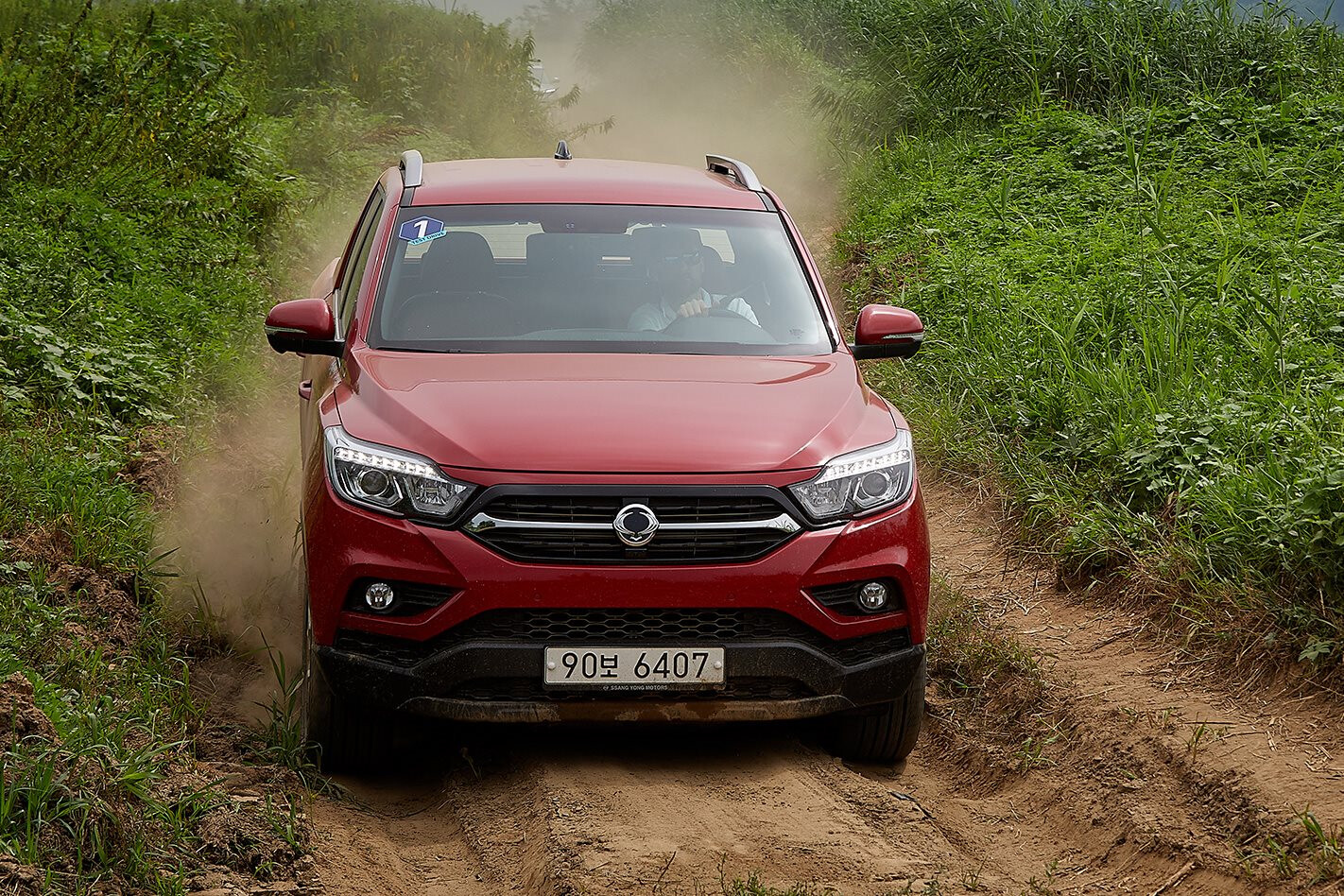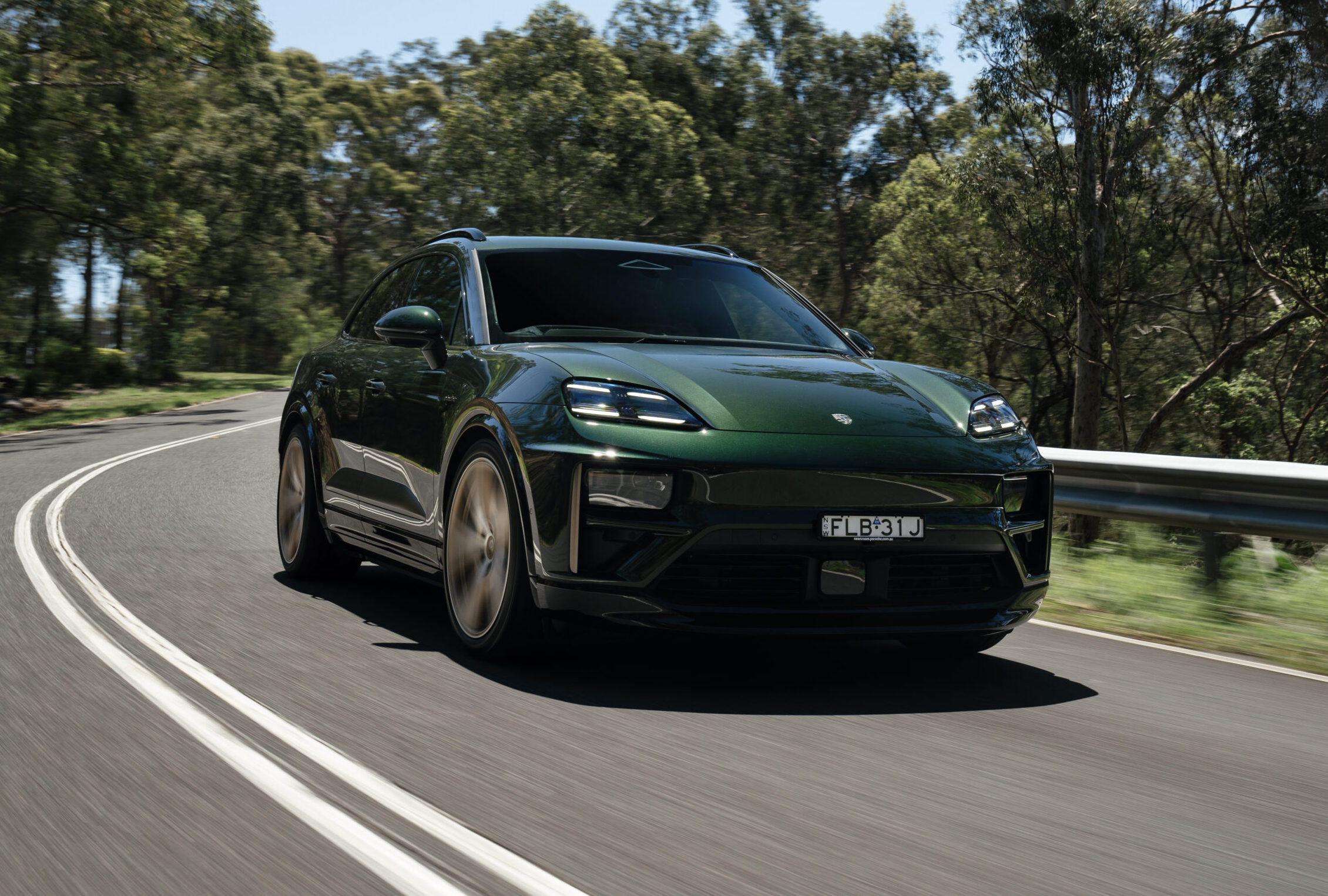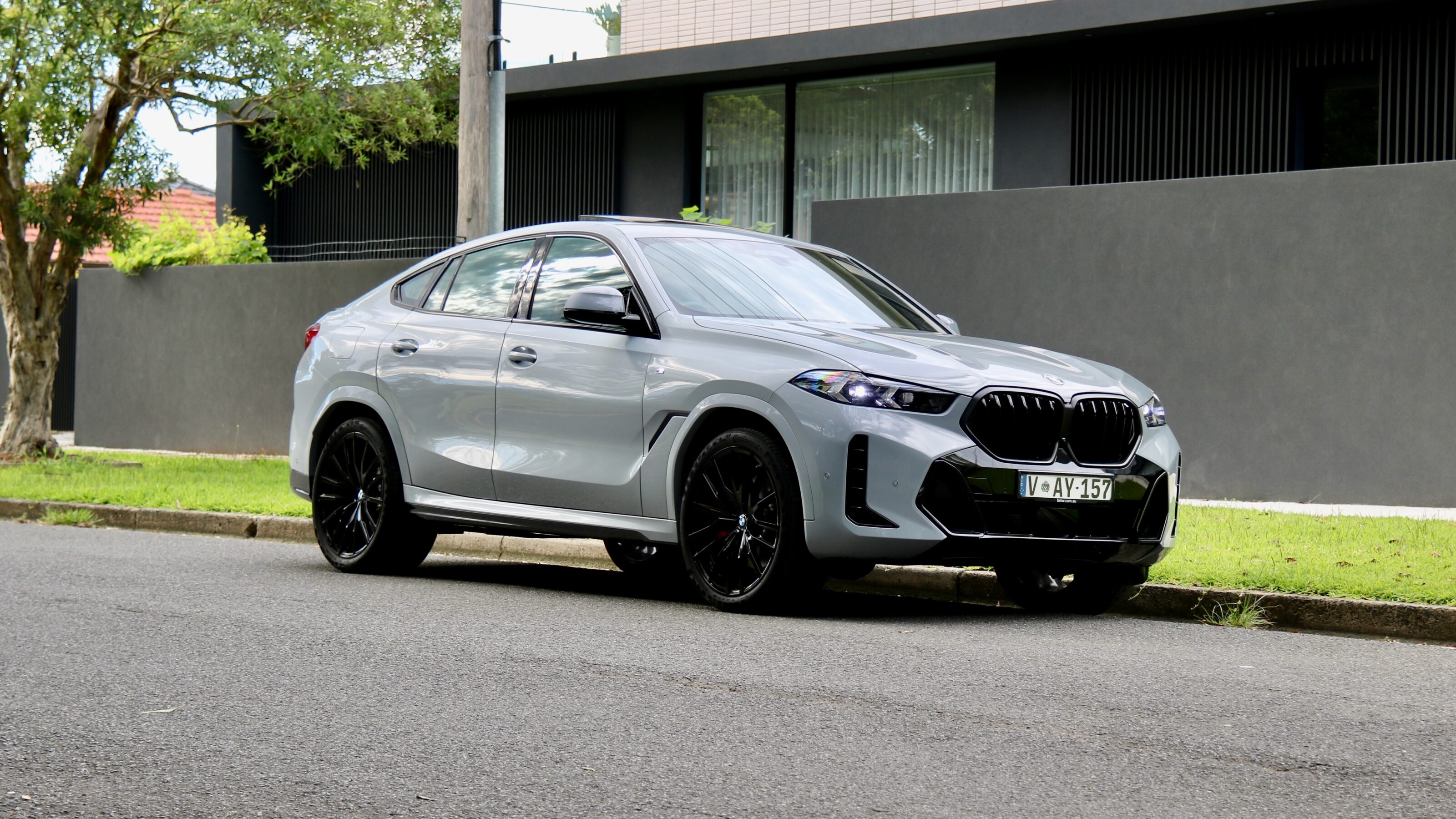WHAT IS IT?
The return of South Korean brand SsangYong’s one-tonne ute after a retail hiatus in Australia. Pricing is yet to be confirmed, but the Musso will touch down in November offering a new dual-cab ute option at the more affordable end of the spectrum.
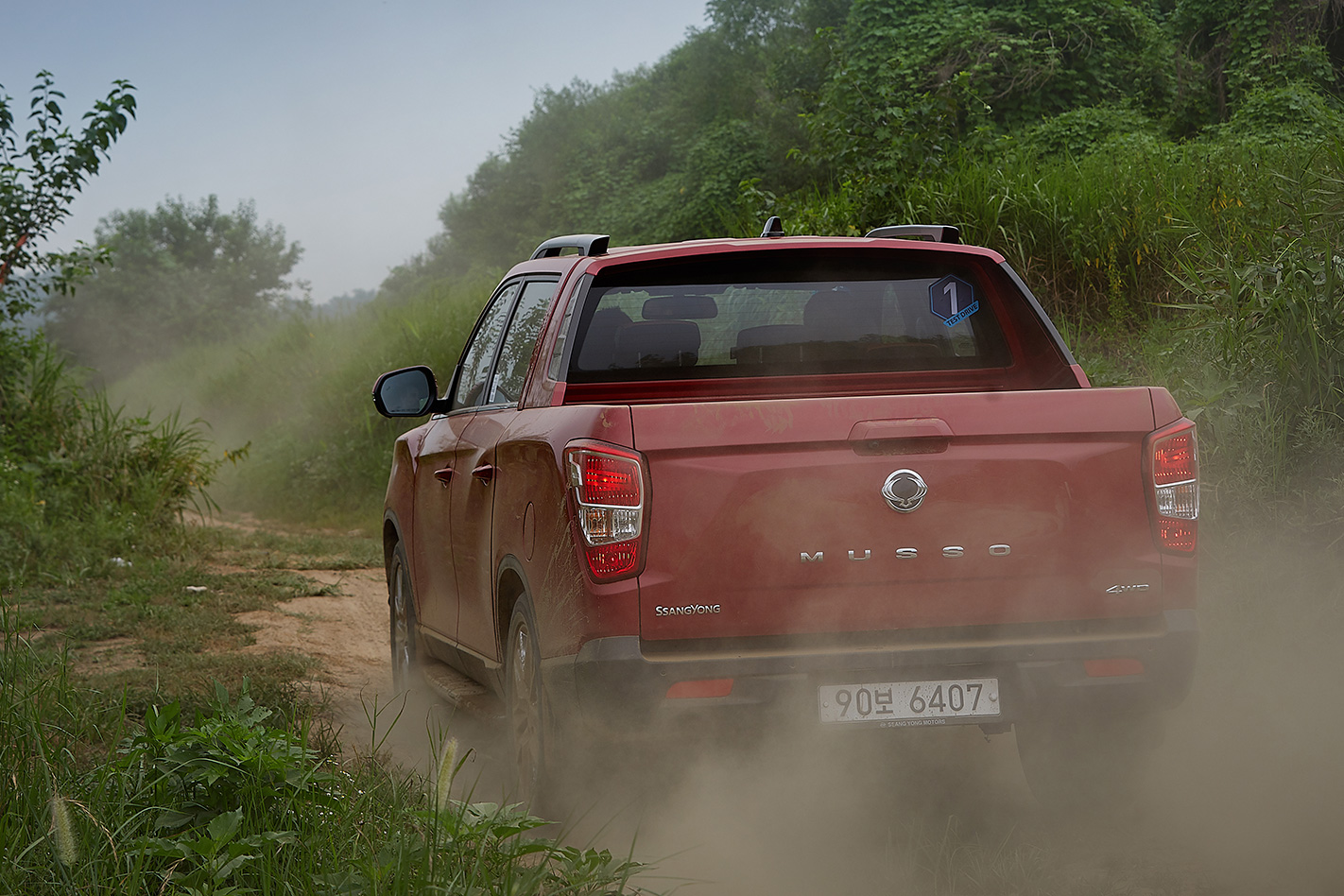
It’s powered by an efficient diesel engine, has switchable four-wheel drive and will be offered in a number of variants including a long or short tray version, with three different rear suspension arrangements, but for this first quick review we focussed on the long tray variant with a five-link rear axle with coil springs.
WHY WE’RE TESTING IT
SsangYong is relaunching in Australia under factory guidance, aiming to perform significantly better than when it was distributed here by Ateco. To do that, it needs a rock-solid product line-up. All four models from launch will need to pull their weight, but a one-tonne ute has the potential to claim a sizable portion of a very popular and growing segment in the local market.
If it can nail the balance of value, quality and practicality, the Musso could be the hero that puts a wallflower brand back on the Australian automotive map.
MAIN RIVALS
Without local pricing it’s hard to highlight a direct rival for the Musso, but it if it targets the more budget end of the dual-cab ute spectrum, Isuzu’s D-Max will certainly be in its sights as will the excellent-value Mitsubishi Triton.
Those in the market for an affordable one-tonner with off-road promise should also put the strong all-rounder Holden Colorado on their consideration set.
THE WHEELS VERDICT
SsangYong’s new Musso delivers a comprehensive set of likeable features wrapped up in styling that is unrecognisable from the products the South Korean brand churned out before it exited Australia a few years ago – and that’s a good thing.
Driving dynamics, build quality and practicality appear to be on a par with other affordable dual-cabs, while engine refinement, interior features and equipment compete with offerings at the top end of the scale.
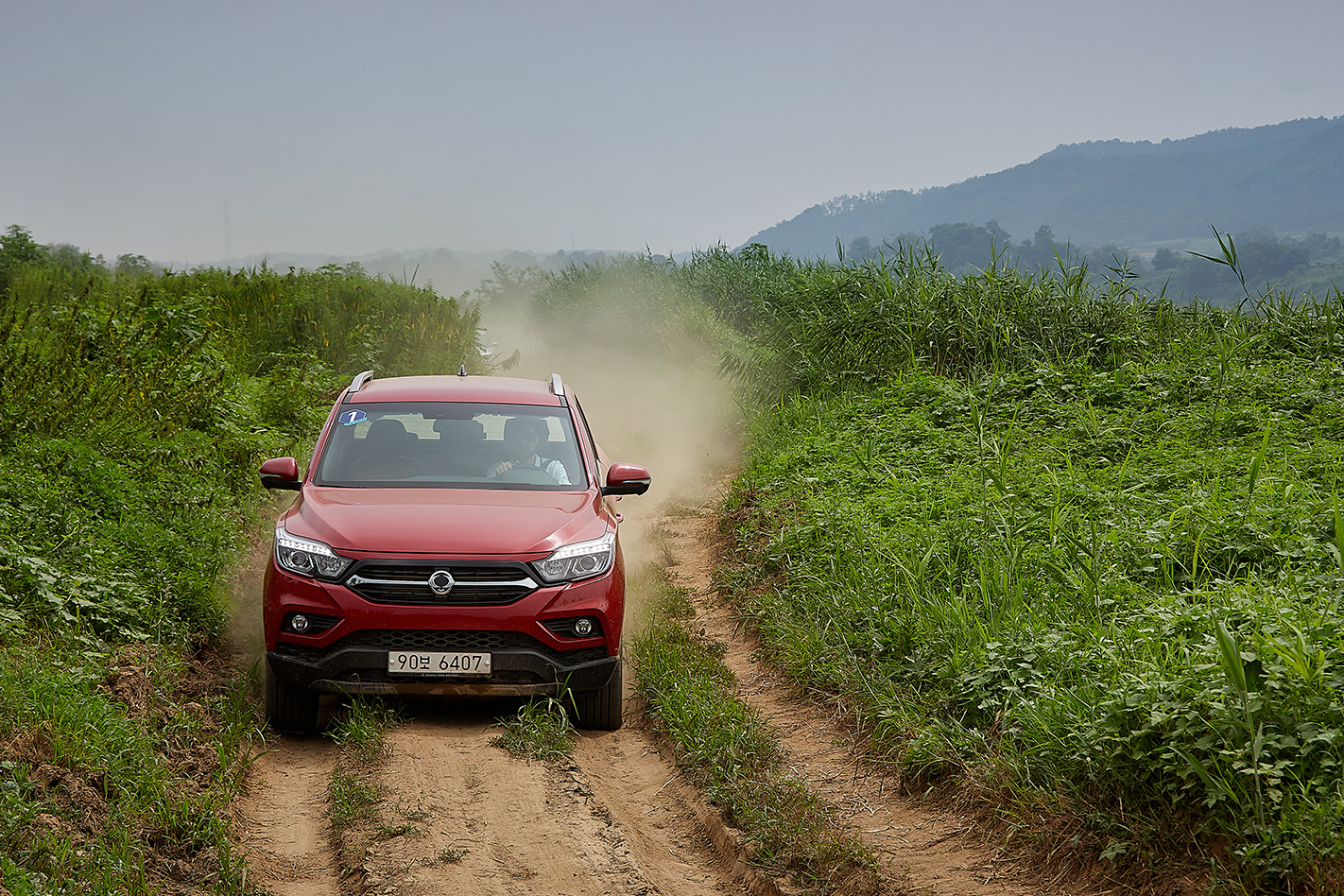
But the potential of the Musso Down Under boils down to the as-yet unconfirmed pricing, and Australians simply won’t pay attention to any of its positive attributes if the company can’t entice them into showrooms with a sharp deal.
PLUS: Generous equipment list; incredibly smooth and refined engine; encouraging off-road promise; safety tech MINUS: Choppy on-road ride; engine output lowest in the class; unconfirmed pricing could make or break
THE WHEELS REVIEW
COMPETITION in the dual-cab ute arena is fierce, driven by an insatiable demand for high-riding workhorses that can double as family haulers. You need only look at the nine-ute megatest in the July edition of Wheels to see how the humble outback plugger has evolved in to sophisticated, safe all-rounder, but while Mercedes, Volkswagen and Ford battle it out at the high-end, SsangYong says there is room to wriggle in at the low side of the price spectrum with a value-rich offering.
Gone are the days when a contender in the segment could survive with a single USP, whether it be off-road ability, bargain-basement pricing or a reputation for reliability. The one-tonner of today needs to be able to do it all and that’s where SsangYong’s returning Musso looks promising on first inspection.
Its predecessors – the Musso Sports and Actyon Sports – wore awkward aesthetics, but SsangYong is starting to take styling seriously and the version that will reintroduce a retail presence to Australia looks as handsome as many other one-tonners in the game.
Then there’s equipment – another selling point customers are placing increasing importance on. Here too, the Korean performs well and the version we jumped in to was decked out with a range of kit you would never have found just a few years ago regardless of the brand.

Heated and cooled front seats, a heated steering wheel, 9.2-inch central touchscreen complemented by a central 7.0-inch screen between the gauges, keyless start, 360-degree camera, Android Auto and Apple CarPlay compatibility. These are all highlights previously unheard of from the brand and only recently in some premium offering dual-cabs.
While local equipment levels are still far from confirmed, Wheels understands Ssangyong Australia is aiming for a high-grade offering and we’d expect most of the Musso’s Korean-market luxuries to find their way to our shores.
Safety features are also well represented with six airbags, blind-spot monitoring, lane-departure warning and rear-cross traffic alert for our test vehicle.
A first blast out onto South Korean roads was not quite enough for a full comprehensive review but offered a first taste of how the newcomer (or revenant) will fit into Australia’s landscape, starting with a freeway cruise.
As you would expect from any unloaded one-tonner, the ride is stiff and fairly agricultural but there’s a confidence in its manner on the road. It is mechanically related to the Rexton large SUV but a key difference is found at the rear axle.
While the SUV has a more comfort-focused multilink independent set up that wafts (almost lollops) along uneven surfaces, the Musso’s load-lugging five-link tail shivers along the freeway.
For the Nissan Navara, its industry-first coil-sprung rear axle was much hyped but did not bring the dramatic improvements in unladen ride comfort that were promised. The same appears so with the Musso, but it is at least on a par with stiffer leaf-sprung set ups.
Beyond the firm ride, the Musso has a few pleasant surprises including a surprisingly refined diesel engine. While SsangYong once relied on Mercedes’ hand-me-down donks, it is now producing its own 2.2-litre unit.
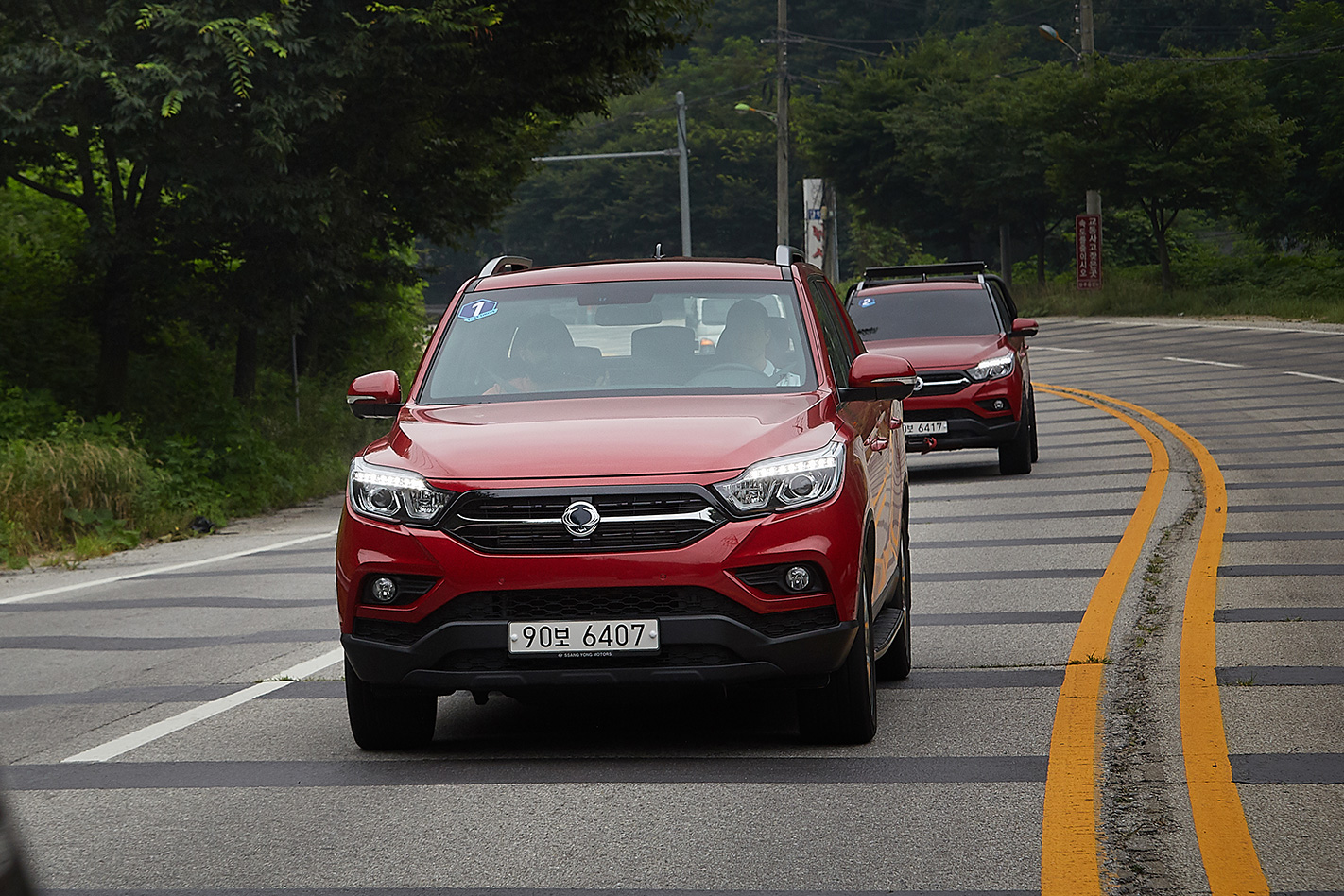
For a two-tonne vehicle it could do with a bit more torque than its 400Nm peak, and it’s here where it falls short of the rest of the pack. The Navara manages 450Nm from the same capacity, while the Triton and D-Max produce 430Nm from 2.4L and 3.0L respectively. While the Musso’s powertrain is competent at low speed, it quickly runs out of puff when executing overtaking moves. That shortfall in grunt is partly redeemed through low NVH levels, however.
The Musso’s six-speed automatic is a limiting factor to torque output, with the seven-speed automatic of its sibling, the Rexton, able to tolerate an extra 20Nm form the same engine. That said, the Aisin torque-converter gearbox does a discrete job of swapping cogs and is largely unnoticed during freeway cruising. In Korea, a six-speed manual is also available.
Ergonomic seats offer a comfortable place to spend time for extended drives and offer the elevated view of the road that will appeal to many Australian pick-up fans.
There’s more good news in the second row too, where we found ample room for three adults, reclining back rests, folding arm rest with cup holders and deep door storage pockets. Move even further back and you’ll end up in a 1570mm by 1300mm tray which is decked out with a 12-volt power socket and tie-down points.
The brand is pitching itself as an SUV specialist with all models including the dual-cab possessing genuine off-road credentials – something we had a chance to sample with a detour along a swollen river near the demilitarised zone.
The loose dusty trail is ordinarily underwater at the height of the wet season but was exposed during our visit, leaving a track that was capable of bogging the rear wheels when in two wheel drive. A quick flick to all-paw with the electrically engaging transfer box and we continued along the banks.
Despite the mud it wasn’t the most challenging off-road tour and we are certain the Musso can handle a lot more. Deep ruts were not enough to beach it, a water crossing produced a decent bow-wave and some loose surfaces proved the all-wheel drive system wasn’t just along for the ride.
Surprisingly, the hard ride that made itself apparent during on-road driving seemed to soften on rougher terrain, as if the chassis tune is happier when each axle is handling different jobs simultaneously.
The limits of suspension travel were also not explored. Assessing the suitability of the coil springs for hardcore bush bashing will have to wait until the local launch in November. But if coils simply won’t cut it for ute purists, SsangYong will offer the dual-cab with a long load area and more conventional leaf springs alongside the coil arrangement. And if that wasn’t enough, a short tray version will be fitted with the independent suspension of the Rexton – an industry first.
Turning the dial to low range certainly wasn’t necessary for our brief hack off-road and we look forward to a second meeting when we can test the Musso to its all-terrain limits. The same goes for assessing its 3000kg towing capacity too.
SsangYong’s new Musso has a fighting chance to win over substantially more customers in Australia’s challenging car climate than it did under the custody of independent distributors. Not only does the company say it will be pumping more resources into aftersales and the dealer network, it will also offer a compelling vehicle that is packed with kit and comparatively handsome. If the product is right, the sales should follow.
But there’s still one variable that needs to be revealed: pricing. Once that part of the equation is in place, the reborn Musso could be something that many Australians might find hard to resist.
SsangYong Musso SPECS
Model: SsangYong Musso 4WD
Engine: 2157cc in-line 4-cyl turbo diesel Max power: 133kW @ 4000 rpm Max torque: 400Nm 1400-2800 rpm Transmission: six-speed automatic Weight: 2090kg Fuel economy: 8.6L/100km 0-100km/h: N/A Price: $ TBC On sale: November


